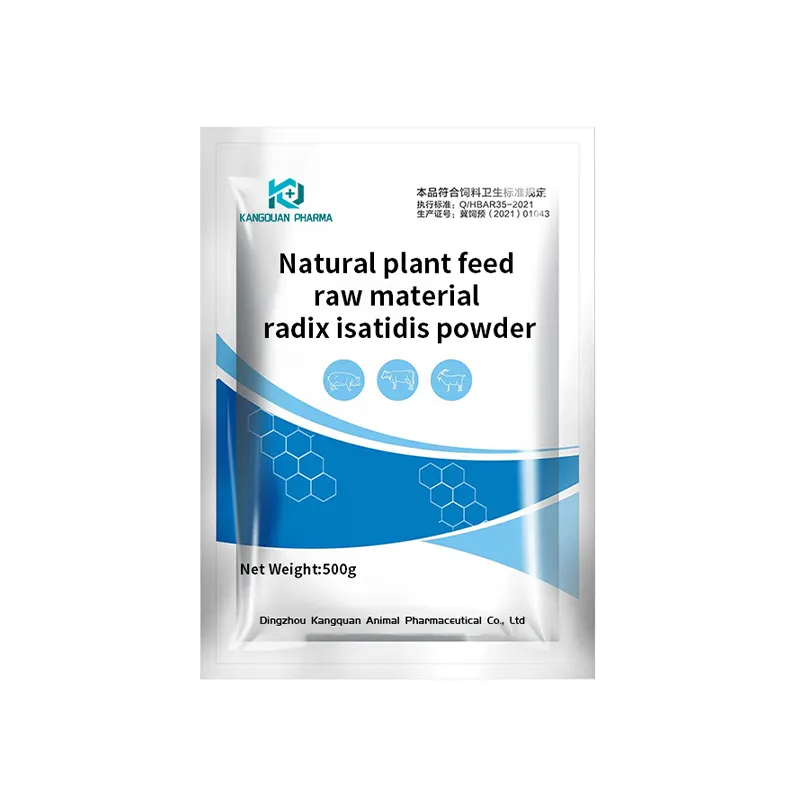- Afrikaans
- Albanian
- Amharic
- Arabic
- Armenian
- Azerbaijani
- Basque
- Belarusian
- Bengali
- Bosnian
- Bulgarian
- Catalan
- Cebuano
- Corsican
- Croatian
- Czech
- Danish
- Dutch
- English
- Esperanto
- Estonian
- Finnish
- French
- Frisian
- Galician
- Georgian
- German
- Greek
- Gujarati
- Haitian Creole
- hausa
- hawaiian
- Hebrew
- Hindi
- Miao
- Hungarian
- Icelandic
- igbo
- Indonesian
- irish
- Italian
- Japanese
- Javanese
- Kannada
- kazakh
- Khmer
- Rwandese
- Korean
- Kurdish
- Kyrgyz
- Lao
- Latin
- Latvian
- Lithuanian
- Luxembourgish
- Macedonian
- Malgashi
- Malay
- Malayalam
- Maltese
- Maori
- Marathi
- Mongolian
- Myanmar
- Nepali
- Norwegian
- Norwegian
- Occitan
- Pashto
- Persian
- Polish
- Portuguese
- Punjabi
- Romanian
- Russian
- Samoan
- Scottish Gaelic
- Serbian
- Sesotho
- Shona
- Sindhi
- Sinhala
- Slovak
- Slovenian
- Somali
- Spanish
- Sundanese
- Swahili
- Swedish
- Tagalog
- Tajik
- Tamil
- Tatar
- Telugu
- Thai
- Turkish
- Turkmen
- Ukrainian
- Urdu
- Uighur
- Uzbek
- Vietnamese
- Welsh
- Bantu
- Yiddish
- Yoruba
- Zulu
7 月 . 20, 2024 12:33 Back to list
Effects and Applications of Tylosin Injection in Cattle for Veterinary Practice and Health Improvement
Tylosin Injection in Cattle An Overview
Tylosin is a macrolide antibiotic that has been widely used in veterinary medicine, particularly for the treatment and prevention of bacterial infections in livestock, including cattle. As a member of the polypeptide antibiotic class, tylosin is effective against a variety of gram-positive bacteria and some gram-negative organisms, making it a valuable tool in the management of bovine health. This article explores the uses, benefits, administration, and considerations surrounding tylosin injection in cattle.
Uses of Tylosin in Cattle
Tylosin is primarily utilized to combat respiratory infections, mastitis, and enteritis in cattle. Given the high stress associated with beef and dairy production, cattle often become susceptible to infections, impacting their health and productivity. Tylosin injection helps to mitigate these risks, ensuring animals can maintain growth rates and milk production. Additionally, tylosin is used to manage specific conditions like liver abscesses and can help enhance feed efficiency, making it particularly appealing for feedlot operations.
Benefits of Tylosin Injection
One of the primary advantages of tylosin injection is its rapid action against bacterial pathogens. By quickly reducing bacterial load, tylosin can alleviate symptoms associated with infections, supporting cattle in returning to their optimal health. Furthermore, the use of tylosin is associated with improved clinical outcomes, such as decreased mortality and morbidity rates in affected animals. Given its effectiveness, tylosin can also lower the economic losses associated with treating bacterial infections.
Another significant benefit is tylosin’s role in promoting growth in cattle. Studies have indicated that when administered properly, tylosin can improve weight gain and feed conversion ratios, thereby enhancing overall production efficiency. This is crucial for farmers looking to maximize their returns on investment while ensuring the health and welfare of their cattle.
Administration of Tylosin
tylosin injection in cattle

Tylosin can be administered via injection, which allows it to be delivered directly into the bloodstream for rapid effect. Dosage and administration frequency will depend on the specific condition being treated, the age and weight of the animal, and the veterinarian's recommendations. It is crucial that tylosin is used according to the manufacturer's guidelines and veterinary prescriptions to avoid potential issues of antibiotic resistance and ensure animal welfare.
The injection should ideally be given in a clean, controlled environment to minimize stress for the animal and reduce the risk of infection at the injection site. Proper technique is necessary to ensure effective absorption and to prevent complications that could arise from improper administration.
Considerations and Regulatory Aspects
While tylosin is a potent therapeutic agent, there are important considerations that farmers and veterinarians must keep in mind. The development of antibiotic resistance is a major concern; therefore, tylosin, like all antibiotics, should only be used when necessary and in accordance with veterinary guidance. Responsible use not only protects animal health but also public health, as antibiotic residues in meat can impact food safety.
Moreover, regulations surrounding the use of antibiotics in food-producing animals vary by region. In some places, the use of certain antibiotics in livestock has become more restricted due to rising concerns about resistance. Farmers must stay informed about these regulations to ensure compliance and to adopt best practices in antibiotic stewardship.
Conclusion
Tylosin injection represents an essential tool in modern cattle management, offering effective treatment for bacterial infections and supporting overall herd health and productivity. However, its use must be judicious, with an emphasis on responsible antibiotic stewardship to guard against resistance. Through careful monitoring and adherence to veterinary guidance, farmers can promote the health of their cattle while ensuring sustainable production practices.
-
The Power of Radix Isatidis Extract for Your Health and Wellness
NewsOct.29,2024
-
Neomycin Sulfate Soluble Powder: A Versatile Solution for Pet Health
NewsOct.29,2024
-
Lincomycin Hydrochloride Soluble Powder – The Essential Solution
NewsOct.29,2024
-
Garamycin Gentamicin Sulfate for Effective Infection Control
NewsOct.29,2024
-
Doxycycline Hyclate Soluble Powder: Your Antibiotic Needs
NewsOct.29,2024
-
Tilmicosin Premix: The Ultimate Solution for Poultry Health
NewsOct.29,2024













